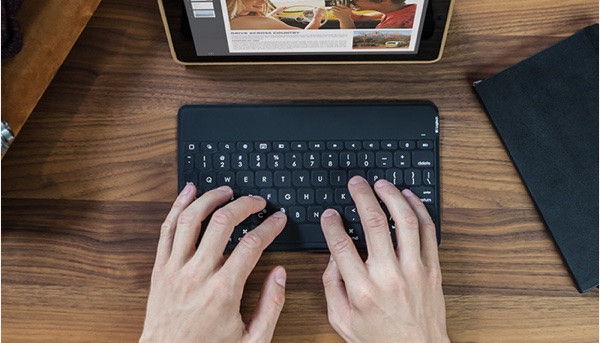Apple has been granted patents by the US Patent & Trademark Office for the Apple TV user interface, the iMac, the iPhone, the iPod, and more.
Patents 7,743,116 and 7,743,338 are for the Apple TV interface. Patent number D618,241 is for the iMac. Patent number D618,204 is for the iPhone 2G. Patent number D618,207 is for the design of the original iPod. Patent number D618,206 is for the design of the second gen iPod nano, while patent number D618,205 is for the third gen model.
Two other Apple patents also appeared at the US Patent & Trademark Office. Patent number 7,742,525 is for adaptive motion estimation. The patent involves a method for adaptively performing motion estimation. In some embodiments, the method initially performs a first motion estimation operation. It then determines whether the estimated error in the result of the first motion estimation is greater than a particular threshold. If not, the method uses the results of the first motion estimation operation. Otherwise, the method selects another motion estimation operation. The method continues in this manner until it performs a motion estimation operation that results in an acceptable estimated error, or until it tries all the motion estimation operations at its disposal. When the method cannot identify a motion estimation operation that produces results with an acceptable estimated error, the method selects the result of the motion estimation operation that produced the best results. The inventors are Roger Kumar, Thomas Pun, Xiaochun Nie and Hsi-Jung Wu.
Patent number 7,743,371 involves a system and method for dynamically loading object modules. In one embodiment, the method comprising loading a first set of instructions into a memory unit, wherein the first set of instructions includes an unresolved reference to a second set of instructions, and wherein the loading includes replacing the unresolved reference with an address of a third set of instructions. The method also includes executing instructions of the first set and executing instructions of the third set to determine the address of the second set. The method also includes loading instructions of the second set into the memory unit, after determining the address of the second set. Additionally, the method includes executing instructions of the second set. The inventors are Steve Naroff, Kevin Enderby and Nick Kiedzik.



